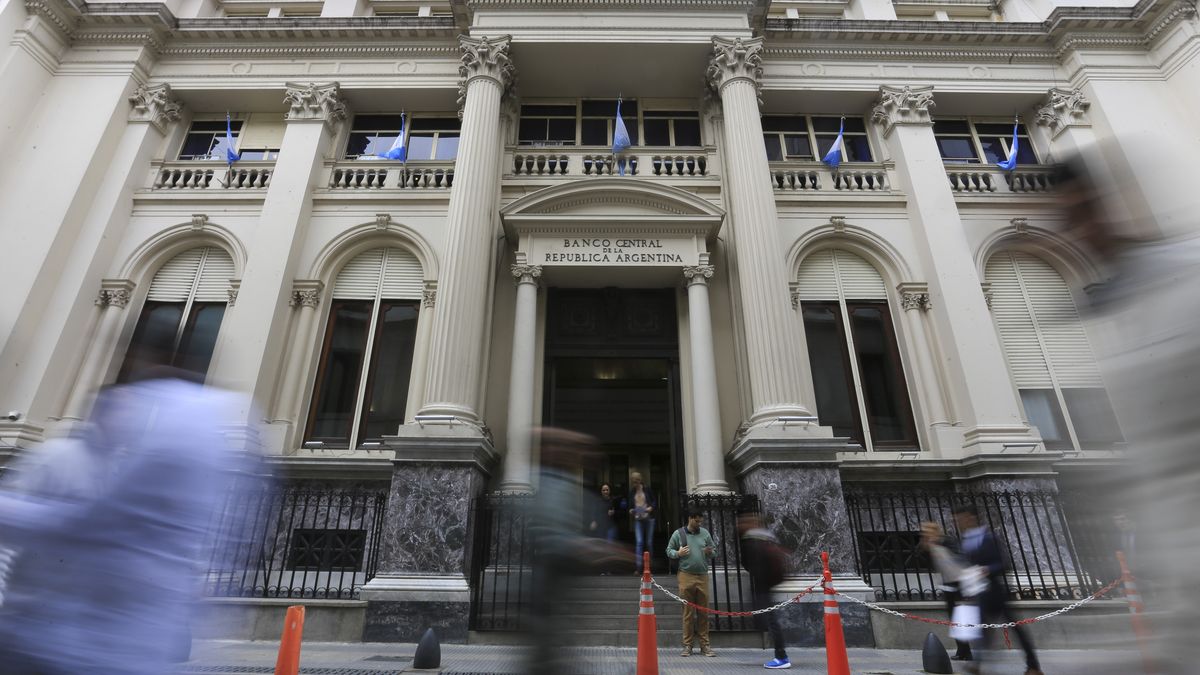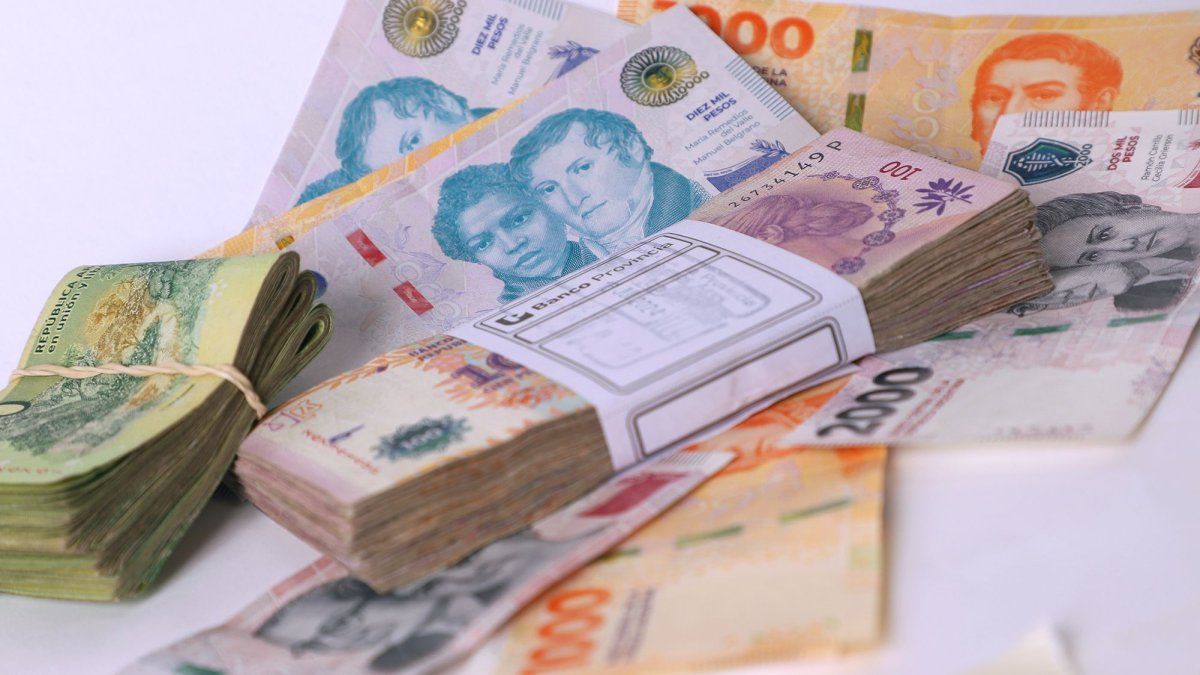Now, we must not forget that the program with the IMF includes the goal of accumulating net reserves. In the review prior to the end of the second quarter, it was established that, at the end of September, the central bank must have accumulated US$4.1 billion. However, it can be seen that, in this aspect, we are going in the opposite direction. Since January 1, nearly US$950 million have been lost. It is also true that days before the end of the third quarter there will be a new disbursement of US$4,180 million that will leave the position of the monetary entity much closer to the objective, although in the same way, they will have to make an effort to get the difference and prevent it from continuing the bleeding of dollars.
In this context, the Ministry of Economy announced a series of measures to strengthen the reserves of the Central Bank. In the short term, it seeks to stimulate the liquidation of foreign exchange from exports. To this end, the issuance of a Letter in dollars was approved so that exporters can use this instrument to make a profit, in exchange for the liquidation of foreign currency obtained by pre-financing in advance. In this way, the central bank it could swell its reserves much more quickly, but we must not forget that they are not increasing exports, but rather advancing their payment. Consequently, the dollars that come in now will be fewer dollars later. In other words, it is gaining a little more air without solving the underlying problem.
Although this measure may generate a marginal income of foreign currency, the truth is that it does not in any way encourage producers to want to export. The real problem is something much simpler to identify, since it lies in the exchange rate gap and export duties. The exporter sells his dollars at $134 pesos and when he wants to repurchase them in the financial market, he does so at more than double the value. But the situation is even worse if we take into account export duties, which in many cases are above 30%. With this, it is clear that the true anti-export bias is set by the government itself, with its exchange and tax policy.
The seriousness of the matter becomes more relevant if we look at the excellent terms of trade that Argentina is going through at the moment and that are slowly dissipating. An opportunity is being wasted that will not be repeated in the near future, given the lower liquidity that the world will face.
With all this on the table, it is necessary to ask why the Central Bank is still willing to defend an exchange rate artificially below the market value, when the only thing it is achieving is continuing to lose reserves and creating a disincentive for exports. The official response comes from the side that releasing the exchange rate would generate greater pressure on prices. But the diagnosis in this case is also wrong, since inflation is determined in the peso market and not in the dollar market.
Therefore, the jump in the exchange rate may generate a one-time increase in the price of tradable goods, but the dynamics of inflation will continue to be marked by the excess money supply in an economy that repels pesos. Consequently, sustaining the current economic policy does not generate any benefit, although it does cause distortions that discourage the entry of dollars.
Economist of the Fundación Libertad y Progreso.
Source: Ambito




